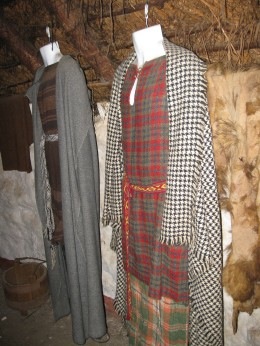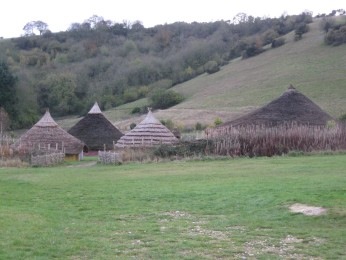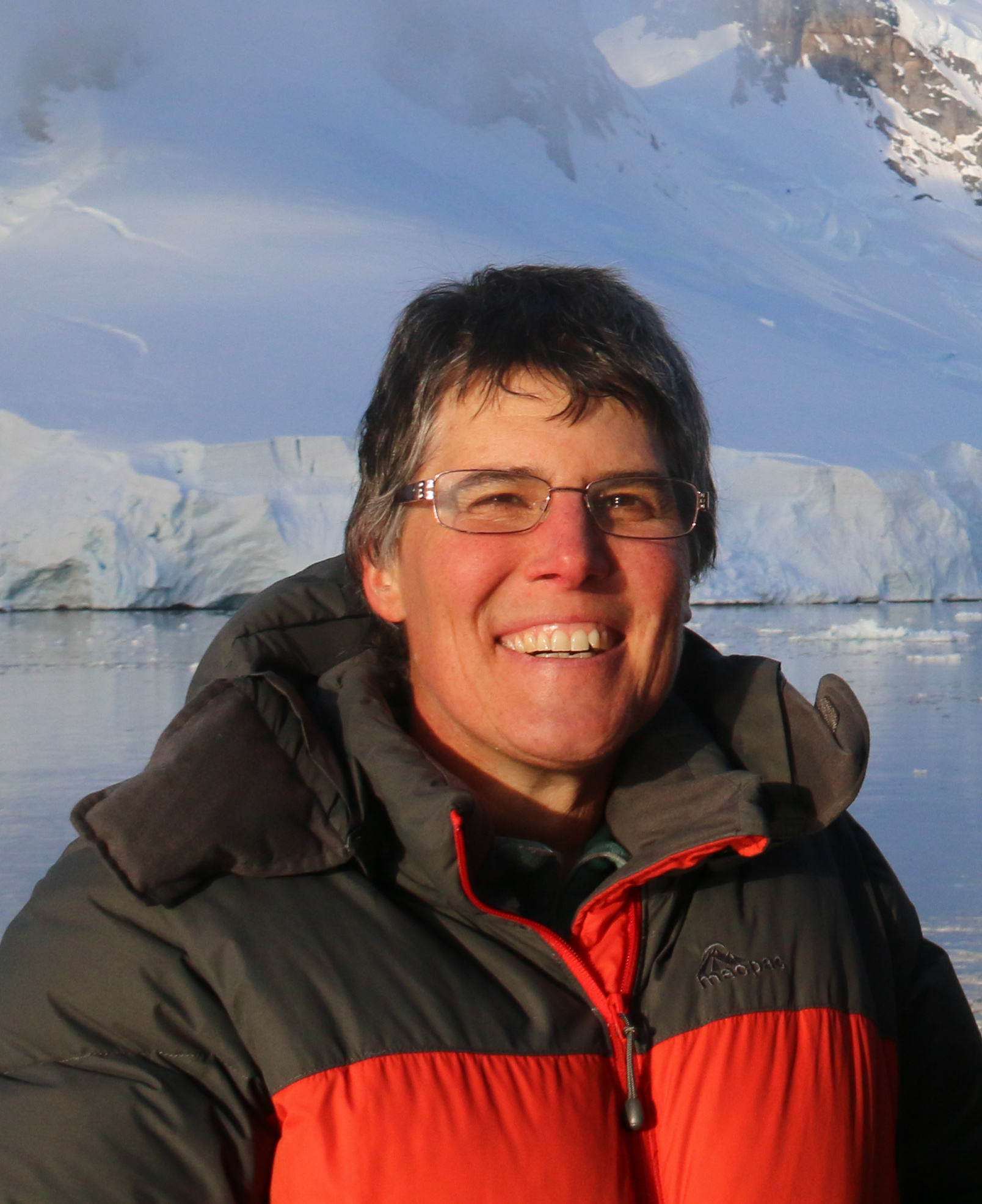 Wed 11 Nov
Wed 11 Nov
The day began early as I joined Anne and John in heading down to Southampton (or thereabouts) where they were running a morning of professional development (the PD of the title) for primary teachers from Hampshire.
There were many aspects of this that were identical to Australian PD sessions with which I have been involved: a hotel convention room, awkwardly configured for teaching thus necessitating major furniture rearrangement and some creative improvisation to have the projection screen at the right level, with teachers mostly enthusiastic and knowledgeable but with one or two occasionally struggling to catch the point being made.
It was great watching Anne and John at work, and I got some new ideas for thinking about proportional reasoning and why multiplication is hard. It was also good to see that “the team” back in Melbourne, with whom I work and have conducted PD, are up there with the best. 🙂
On our way back home we visited Butser Ancient Farm, which is a working museum in which none of the artefacts are “real” in the sense of dating back to the times, but are very real in the sense of being as used in those times. There is an Iron Age farm site (the BC of the title), with roundhouses with thatched roofs (as shown below). There is one really large roundhouse that is about 8m across and a similar height, with a fire pit in the centre and skins for sitting on. The idea is that they have tried to construct what things might have looked like, given the little information that archaeology actually yields. Thus, a real archaeological dig might reveal four post-holes away from the main structure: what might it have been? It could have been a granary, to keep food away from pests … and so at Butser they have built one to see if this “makes sense” as an explanation for the post holes. They’ve experimented with dyes and weaving, they are trying to grow typical crops, and they farm forms of the ancient animals (including a pair of very large porkers that are a cross between a pig and a wild boar).
Another thing that they do here is to build typical structures, and then bury them, so that they can learn more about what the “geophys” looks like when you know what it is you are looking at through the soil. (Time Team watchers will know what I’m talking about!).
Adjacent to the iron age farm is a Roman villa, the first built in England in 1600 years (this is the AD of the title). It is based on information from a real site, but all that archaeology had revealed was a floor plan. What would the actual villa have looked like? Would that long room on one side have been an open verandah or would it have been enclosed? How would the underfloor heating have worked? It is all very experimental; its purpose is not only to educate visitors, but to help people actually figure out how things might have been done. (It seemed to me that there were a few bits that might have “cheated” a tad … but it seems to be a work in progress that is ultimately striving for authenticity.)
Ironically, present-day planning regulations mean that they can’t put coloured tiles on the roof in the Roman style!


 Helen Chick
Helen Chick
That all sounds excellent!! Is there a geocache I can bookmark so I know where to go? 😉
Nearest one seems to be “10?66 And All That” (http://coord.info/GC1DBCV), but as that was a hard puzzle, I was overdressed for caching, we were short on time, and other caches were not close enough, this visit missed out on a smiley.
Now imagine if this “geofizz” application could be used for or from a greater height?…what would it yield especially there in all lands?…Could yield that vital clue which so far has been eluding them?